Distant Battlefields: the Indian Army in the Second World War
World War II was a traumatising experience for those nations that were caught up in it. Nowhere was this more apparent than in Undivided India where over two and a half million Indians volunteered to serve in the armed forces and to fight against the evils of the fascist Axis Powers. Those Indians who served and fought had their own motives but a predominant one was pride and satisfaction in doing a soldier's job and earning a soldier's pay. Service in the Indian Army was respected, particularly in rural communities, and money sent home by a soldier could over time transform his family's social status. As it had done towards the end of World War I the Indian Army in World War II opened its arms wide and recruited from many varied castes and backgrounds, and few were found wanting. The demands made on India to provide servicemen and women were massive. Indian Army formations contributed significantly to the defeat of Italian forces in East and North Africa and then to the much more difficult confrontations with German troops. Dark days followed when Japan invaded Hong Kong, Borneo, Malaya and Burma. Indian troops predominated in the defence of those regions and many were killed in action or ordered into captivity by their commanders. After realistic re-assessments of the threats faced in Asia had been made, and the new training and motivation required had been delivered, the Indian Army emerged again in 1944 and 1945 as the most proficient and economical Allied force in Asia.
Meanwhile Indian troops, not forgetting the large number of Nepalese serving in the Indian Army, fought Vichy French forces in Syria, nationalists in Persia and Iraq, and above all else Germans in North Africa and Europe – and they won their battles. This book will show you how the Indian Army was tested during World War II, and how it prevailed using courage, professionalism, honour and dignity.
Get it now and save 10%
BECOME A MEMBER

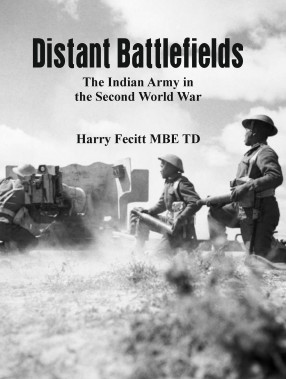
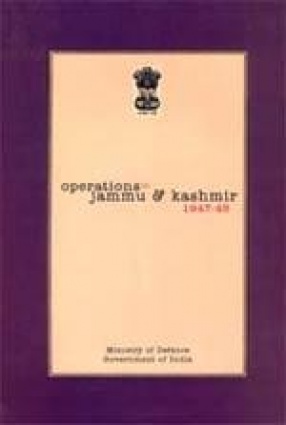
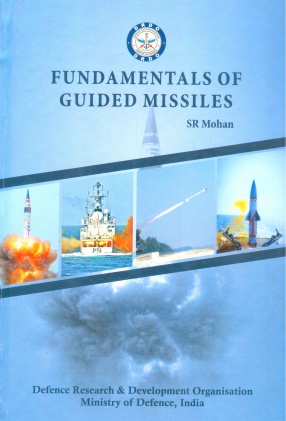
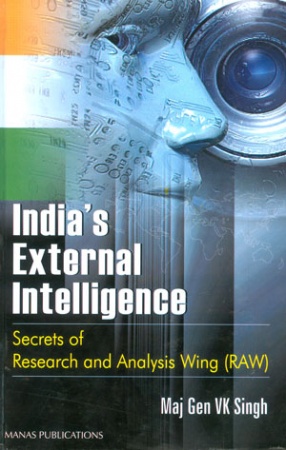
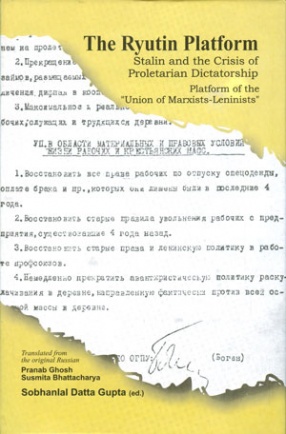

Bibliographic information